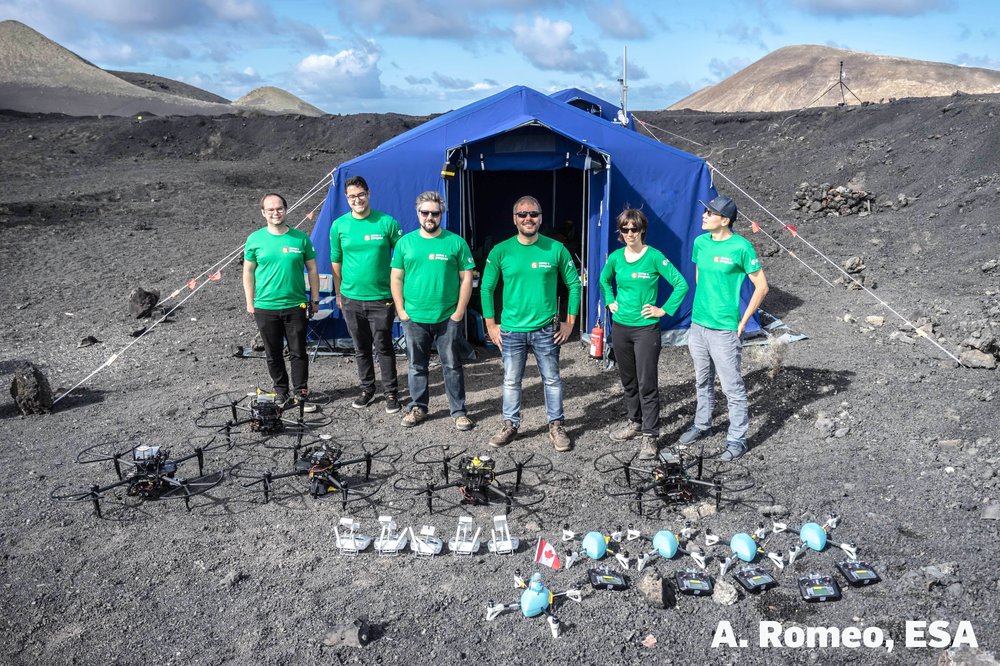The Seinfeld idiom, “worlds are colliding,” is probably the best description of work in the age of Corona. Pre-pandemic, it was easy to departmentalize one’s professional life from one’s home existence. Clearly, my dishpan hands have hindered my writing schedule. Thank goodness for the robots in my life, scrubbing and vacuuming my floors; if only they could power themselves with the crumbs they suck up.
The World Bank estimates that 3.5 million tons of solid waste is produced by humans everyday, with America accounting for more than 250 million tons a year or over 4 pounds of trash per citizen. This figure does not include the 34 billion gallons of human organic materials that is processed in water treatment centers across the country each year. To the fictional Dr. Emmett Brown, this garbage is akin to “black gold” – ecologically powering cities, cars, and machines. In reality, the movie, “Back to The Future II” was inspired by the biomass gasification movement of 20th century in powering cars with wood during World War II when petroleum was scarce. The technology has advanced so much that a few years ago the GENeco water treatment plant in the United Kingdom built a biomethane gas bus that relied solely on sewage. In reflecting on the importance of the technology, Collin Field of Bath Bus Company declared, “We will never, ever, ever, while we are on this planet, run out of human waste.”
Less than twenty miles away from the GENco plant, Professor Loannis Leropoulos of the University of Bristol’s Robotics Laboratory is working on the next generation of bio-engineered fuel cells. Last week, Dr. Leropoulos demonstrated his revolutionary Microbial Fuel Cells (MFCs) for me. As witnessed, he is not just inspired by nature, but harnessing its beauty to power the next generation of robots. The MFCs mimic an animal’s stomach with microbes breaking down food to create adenosine triphosphate (ATP). The Bristol lab began building MFCs to power its suite of EcoBots. “I started this journey about twenty years ago with the main purpose of building sustainable autonomous robots for remote area access,” reflects Leropoulos. He was inspired by Dr. Stuart Wilkinson’s Gastrobot in the early 2000s that first promoted the idea of “an intelligent machine that digests real food for energy.” At the time the media hyped Wilkinson’s invention as a flesh-eating robot, when in reality it digested sugar cubes, turning the carbohydrates into electrical energy. Unfortunately, the Gastrobot’s clumsy oversized form factor suffered from long charging times with an 18-hour “carbo-loading” process for every 15 minutes of power.
Springboarding off of Wilkinson’s concept, Leropoulos’ team started with the idea of using MFC to power machines by putting the microbes directly inside the unit to more efficiently produce energy from any sugar-based substance, even waste (e.g., urine, feces, and trash). The Professor described the elegance of his technology that creates a “uniform colonization” of microbes multiplying every 8 minutes with parent lifecycles succeeded by daughter cells in a continuous pattern of ‘feed-growth-energy’. He compares it to the human microflora process of breaking down fresh food in the digestive system that results in healthy bathroom visits, “the same is with Microbial Fuel Cells as long as we continue feeding them, the MFCs will continue to generate electricity.” The Bristol professor boasts that batteries are better performing than anything on the market as biological lifeforms have no denigration since “the progeny keep refreshing the community or electrodes so we have stable levels of power.” By contrast, the most popular non-fossil fuel available, lithium, degrades over time and leads to destructive mining practices in scarring the Earth in search of declining ore resources with the explosion of mobile phones, portable devices, and electric vehicles.
While MFCs are still in their infancy, Leropoulos shared with me his plan for commercializing the invention. His lab recently announced the success of its MFCs prototypes in powering mobile phones, smart watches, and other devices (including the EcoBots). In addition, Leropoulos has pushed his team to miniaturize the size of his batteries from its 6″ prototype to smaller than a AA, while at the same time rivaling the performance of alkaline. Backed by the Gates foundation, he has also reduced the production costs from $18 to $1 a unit, this is before achieving the economies of scale with mass production. Today, his business plan has expanded beyond just autonomous robots to power smart homes, by connecting multiple MFCs to a house’s sanitation and waste systems. “Our research is all about optimizing miniaturization and stacking them with minimum losses so we can end up with a car battery-like shape and size that gives us the amount of power we require,” explains the professor. When I questioned Leropoulos about using MFCs in the future of autonomous fleets, and even to offset the high energy demands of something like bitcoin mining, he remarked, “It would be naive of me to say a straight yes, but this is of course the work we are doing. I strongly believe with the development of new materials that will help with the energy density. We are at a stage where we have done some groundbreaking research using 3D printed electric materials as a low cost scalable technology. There is a lot to say about the functionalization of the electrodes that enables colonization from the microbes in making sure all the progeny cells colonize and the ceramic separators that allows for target ion transfer that makes the whole operation smarter and more efficient.” In thinking more about his work, he declared, “We have yet to see the full potential of Microbial Fuel Cells. I do think one day we will have a ‘Back to the Future’ scenario, feeding your food scraps to your car,”

Pressing Leropoulos on how he envisions robot-charging stations working in a factory or home in the near future, he illustrated it best, “with a Roomba example its actually picking of food scraps in the kitchen that would be a very nutritious source of fuel for the Microbial Fuel Cell, but that’s a few steps down the line.” He continued, “a straightforward application for something like a Roomba is to leave the charging station where it is and connect it to the toilet or kitchen sink. The fuel cycle would be continuous as the robot would not be drawing energy from the house, but the wastewater.” Processing the impact of his vision, it took me back to the early days of the global pandemic shutdown with animals returning to ancient grazing areas and pollution clouds clearing over heavily populated areas with many seeing for the first time distant mountains and blue skies. Innovations like MFCs are part of a new wave of mechatronic environmentally-focused solutions. Before parting, I asked Leropoulos how hopeful is he about the environment, “I do feel optimistic, I have more faith in the the younger generation that they will do things better. The shock we sustained as a society [this past year] is a lesson in seeing the true color of our natural world, if we learn from this then I think the future is a good one.”






